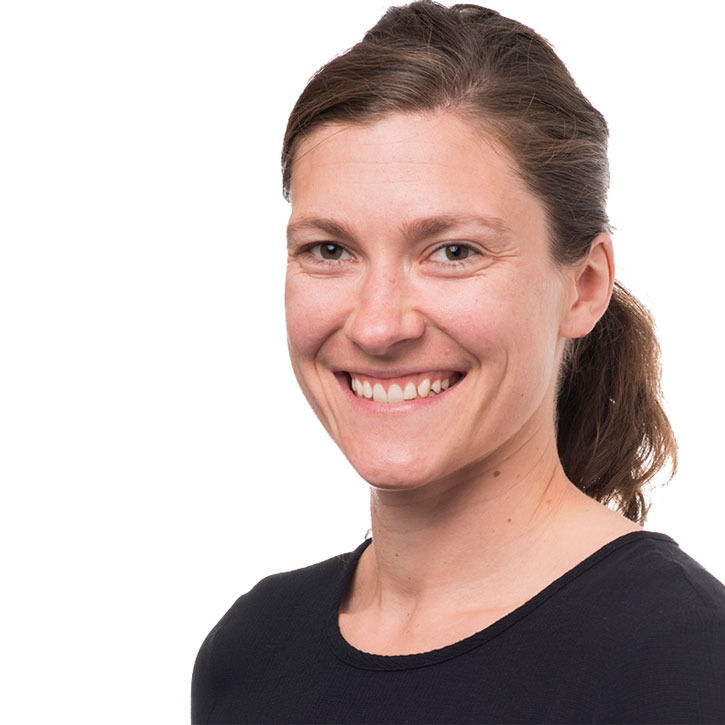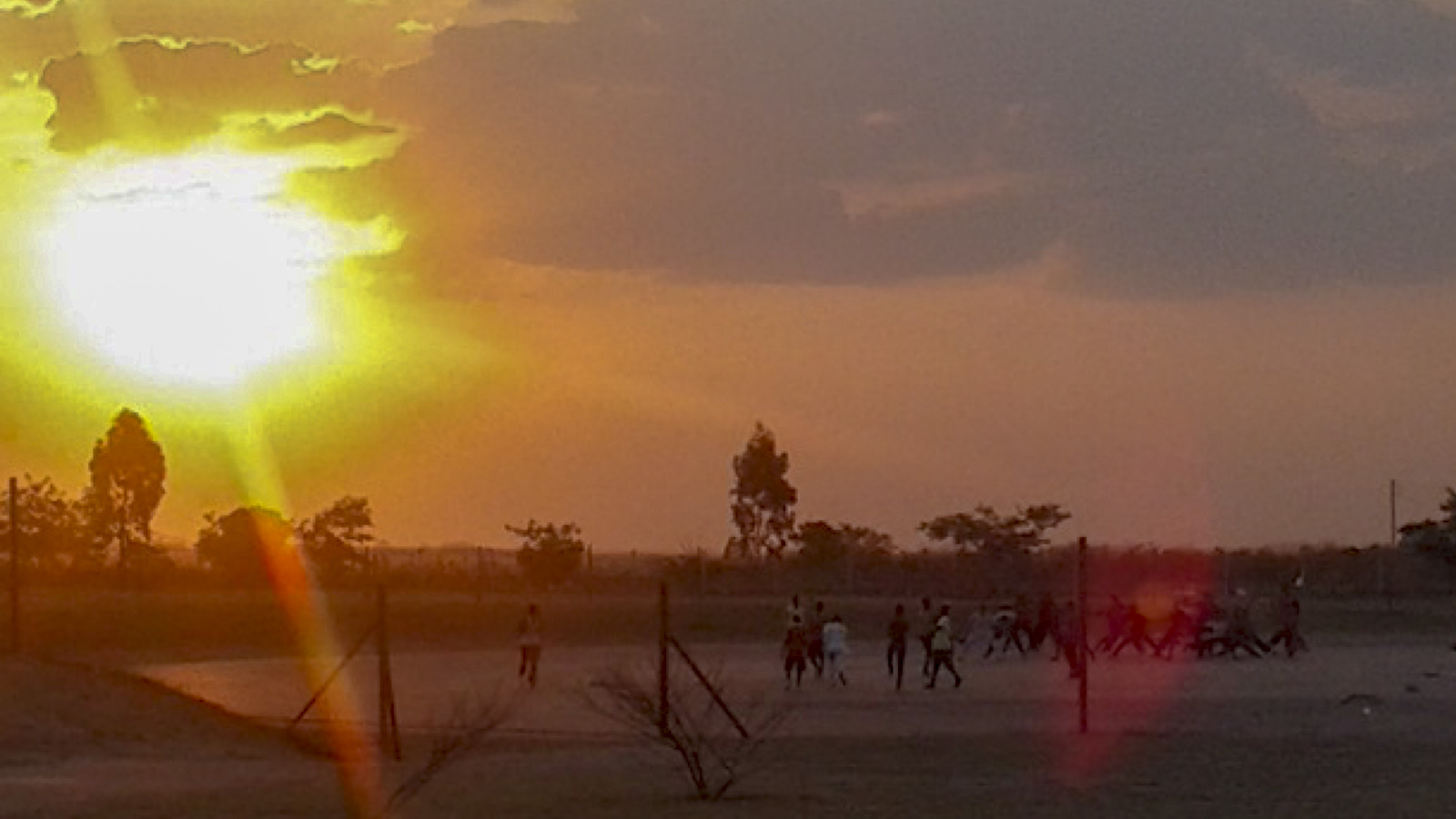This was one of the questions Gerd Marie Solstad wanted to answer with her doctoral degree in sport science. She has studied the opportunities and limitations in what is known as safeguarding in sports in Zambia.
Keeping sports "safe"
SAFEGUARDING
Safeguarding = safety measures
Safeguarding implies measures to protect athletes and prevent exposure to abuse and violence when practicing sports.
Gerd Marie Solstad has interviewed Zambian athletes, coaches and managers. She became deeply involved in the sporting community in Zambia, attending training sessions and matches for a number of team sports, and establishing contacts with those who are involved in safeguarding.
—Managers, coaches and the athletes believe that the world of sport is safer than other arenas, yet they remain critical of certain aspects of sports, she explains, going on to mention aggressive behaviour by coaches, unhealthy ideals for athletes and the possibility that people in higher positions will exploit the athletes.
Gerd Marie Solstad became interested in Southern Africa when she worked for the Sports Peace Corps in Zimbabwe (2010-2012). The Norwegian Olympic and Paralympic Committee and Confederation of Sports (NIF) has been active both in Zimbabwe and neighbouring Zambia to reinforce organised sports.
Bargaining with sex

A practice known as "transaction sex" was one of the problems she has written about: This involves women, especially younger women from poor families, having to exchange sexual services for benefits they would not normally have access to. In the world of sports, these could be gaining a better or permanent position on the team, access to sports equipment they need or some other benefit.
Transaction sex was described as a general problem but also as prevalent in sports.
—The practice illustrates how safety and safeguarding in sports are interrelated with situations outside of sports – in particular poverty and socio-economic inequality, says Gerd Marie Solstad.
Nonetheless, many describe how the social network in sports can provide a safety net.
—During my interviews, I discovered how older athletes attempt to help the younger team members. They supported them in a number of ways to show them safer alternatives and life choices – and to discourage them from accepting transaction sex.

Difficult to speak out
At the same time, it is difficult for athletes who have suffered abuse to speak out.
—The athletes I met during my study associated reporting such abuse with the risk of punishment, not being believed, bad rumours and exclusion from a social arena they described as important for them. What’s more, the limited power athletes have in relation to coaches and managers makes it all the more difficult for them to speak out, confirms Gerd Marie Solstad.
—As long as athletes find it difficult to speak out within an organisation, then we cannot rely on this in order to detect abuse, she continues. —The level of uncertainty when it comes to any such reports is a very good reason for focusing on the preventive side of safeguarding in sports.
Opportunities
The big question is how to bring an end to abuse in sports. There is a degree of safeguarding in Zambian sports already and this is positive and plays an important role, but Gerd Marie Solstad can mention a number of challenges. One example is limited resources not only for safeguarding but also ordinary sports activities, equipment and facilities within the different sports clubs.
She is confident however that things are moving in the right direction.
—With the introduction of safeguarding and the support it appears to have gained from management in general, I am hopeful that the level of critical awareness of violence and abuse in sports will improve. This is a step in the right direction for safer sports.
